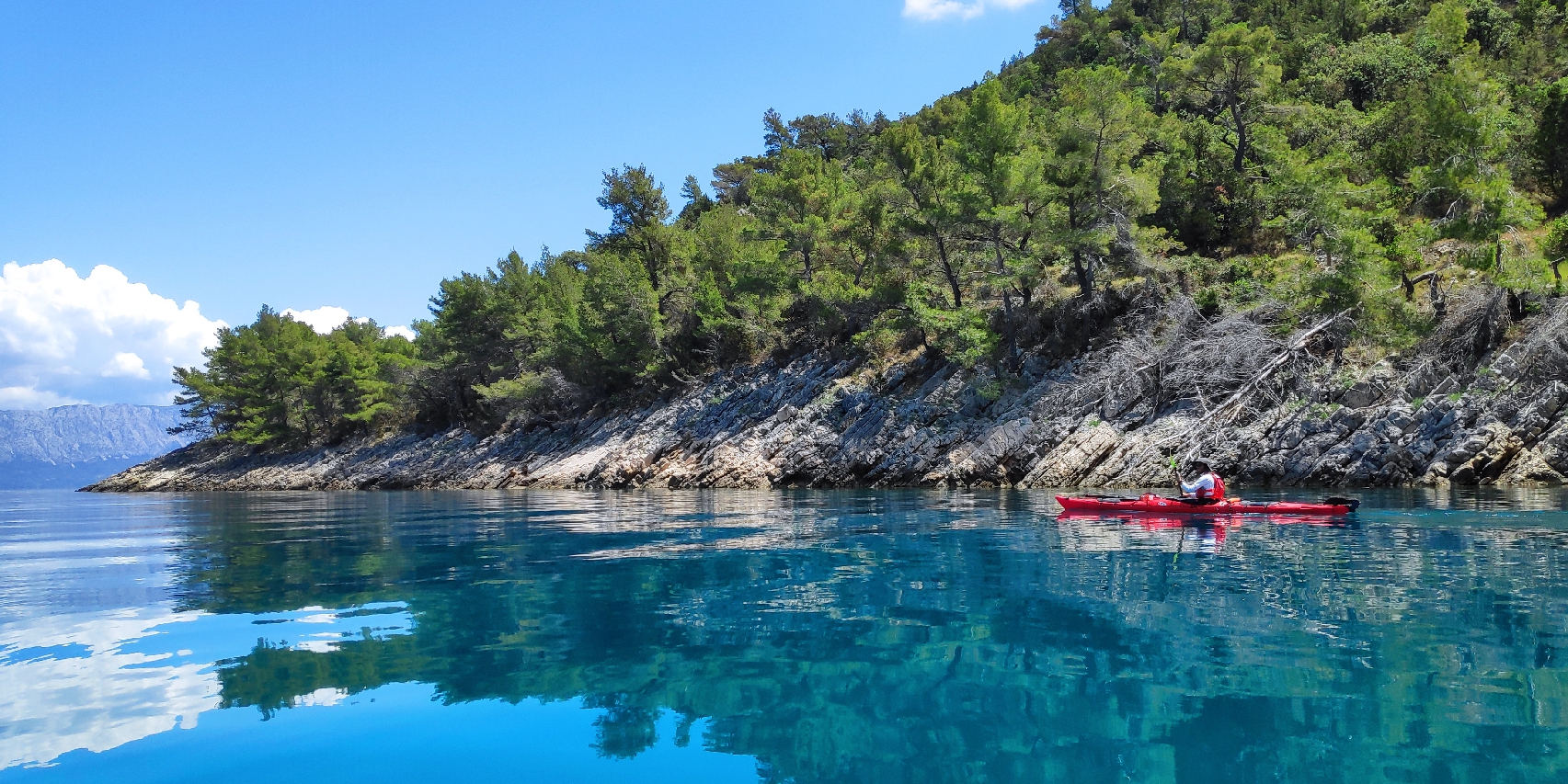Explore Croatia
Hvar
Island
Ancient Hvar Off the Dalmation Coast
Hvar island is located off the Dalmatian coast and lies between the islands of Brač, Vis and Korčula. Due to its favorable strategic and nautical position, the island was continuously inhabited from the ancient times and is rich in various archaeological remains that witness different phases of the area’s rich history.
Hvar town is the capital of the island and one of the most popular tourist destinations in Croatia. It is a unique fusion of luxurious Mediterranean nature, rich cultural and historical heritage, and mundane, tourist present. Not to mention being the home of 5 UNESCO World Heritage sites!
Take a walk around the old cobblestone streets and enjoy the view of secular and sacred historical buildings rising aside, take a cup of coffee on the largest square of Dalmatia, visit the oldest civil theatre in Europe and enjoy this true Mediterranean jewel.
Beside its rich cultural heritage, the sunny island of Hvar is also well known for its good weather and breathtakingly unspoiled nature. Friendly people, picturesque and intact beaches and bays, virgin nature, the scents of lavender, olive trees and wine are among many reasons the island of Hvar will leave you feeling enamored with it.
History of Hvar
The first signs of life on the island go as far back to the 6000 B.C.
Ilyrians, Greek, Romans, French…are among numerous inhabitants of the island whose presence is still visible in material and non-material heritage left to testify of the past times.
One of Hvar’s notable attractions is tied into its history: Stari Grad was founded by the Greek settlers in 384 b.c. and as such is the oldest town in Croatia and one of the oldest in Europe. It is such an impressively preserved testament to the Ancient Greek period that it was added to the list of UNESCO World Heritage Sites in 2008.
Another famous historical site on Hvar is Grapceva cave. It is the cradle of Hvar culture and civilization. According to archaeological classifications, it was a ritual place. There are visible traces of civilization from the Neolithic period and the most interesting is a drawing of a ship that is considered to be one of the oldest boat drawings in the world!
You will also find a wealth of information on the Villages of Velo and Malo Grablje , the fort Fortica (Španjola) in Hvar town that dates back to the 16th century, the Franciscan monastery in Hvar dating back to the 15th century, and more!
what our guests say
Hvar Croatia FAQs
Even though there are countries with a far greater number of UNESCO entries, with 5 UNESCO protected values, inhabitants of Hvar can proudly say that Hvar island has more UNESCO monuments than any other island in the world.
- The Stari Grad Plain
- The Za Križa Procession
- The Mediterranean diet of Hvar and Brač islands
- Agave lace from the Benedictin nuns
- Klapa singing
Pakleni islands is the name of an archipelago of 16 islands located off the southwest coast of the island of Hvar, opposite the entrance to the Hvar town harbor. The origin of the name goes back to the old days when the islands were the main source of resin for local shipbuilders.
Today, just like then, the islands are covered with thick pine woods providing refreshing shade even during the hottest summer days. One of our favourite spots in the archipelago is Palmižana bay and the Meneghello resort.
Stari Grad was founded by the Greek settlers in 384 b.c. and as such is the oldest town in Croatia and one of the oldest in Europe. After forming the settlement, the Greeks turned their attention to a neighbouring fertile field of some 80 hectares. The plain was divided into smaller pieces by stone walls and trims and used for agricultural activities with main crops being olive and grapes. The stone walls and the agricultural activity on the fertile plain have been maintained to this day. It is such an impressively preserved testament to the Ancient Greek period that it was added to the list of UNESCO World Heritage Sites in 2008.
Grapceva cave: Grapceva’s cave is the most famous historical site on Hvar. It is the cradle of Hvar culture and civilization. According to archaeological classifications, it was a ritual place. There are visible traces of civilization from the Neolithic period and the most interesting is a drawing of a ship that is considered to be one of the oldest boat drawings in the world!
Did you know...
The fort Fortica, also known as Španjola or the Spanish fortress was finished in the 16th century during the Venetians, on the site of an ancient fortification. The locals often call it the Spanish fortress as it was Spanish workers that worked on it during its construction. We might say that it saved the lives of Hvar’s population, who sheltered here in 1571 during the Turkish naval attack. Today, the fort houses a small museum with a collection of ancient amphorae recovered from the seabed.
Arsenal was built by Venetians in the 13th century and they often referred to it as the ‘the most beautiful and the most useful building in the whole of Dalmatia’, It served as a repair and refitting station for war galleons. Hvar’s theatre is located on the second floor of Arsenal building with stairs right from the tourist information office leading up to it. The theatre was founded in 1612 which makes it the very first civic theatre in Europe.
Related Blog Posts
Palmižana and the Meneghello family
When visiting Dalmatia, you will soon discover many unforgettable moments and magical spots simply waiting to be admired, explored and discovered by you. Let us tell you a little bit more about one of our favorite places, not only in Dalmatia, but in the whole world.
Exploring every bay of Hvar island by sea kayak
We circumnavigated our favorite island in Croatia by sea kayaks, and this is what we’ve found…













